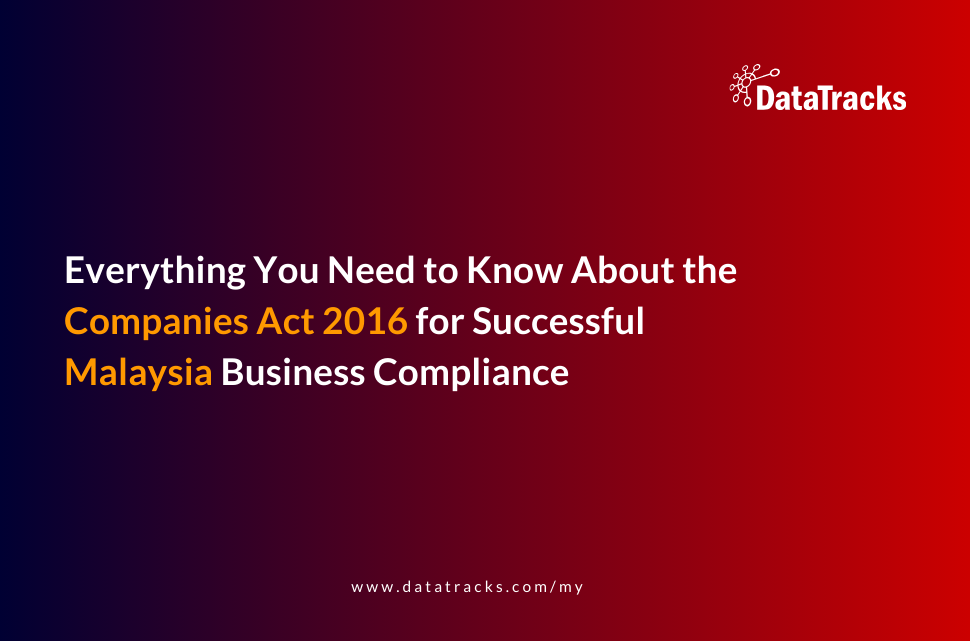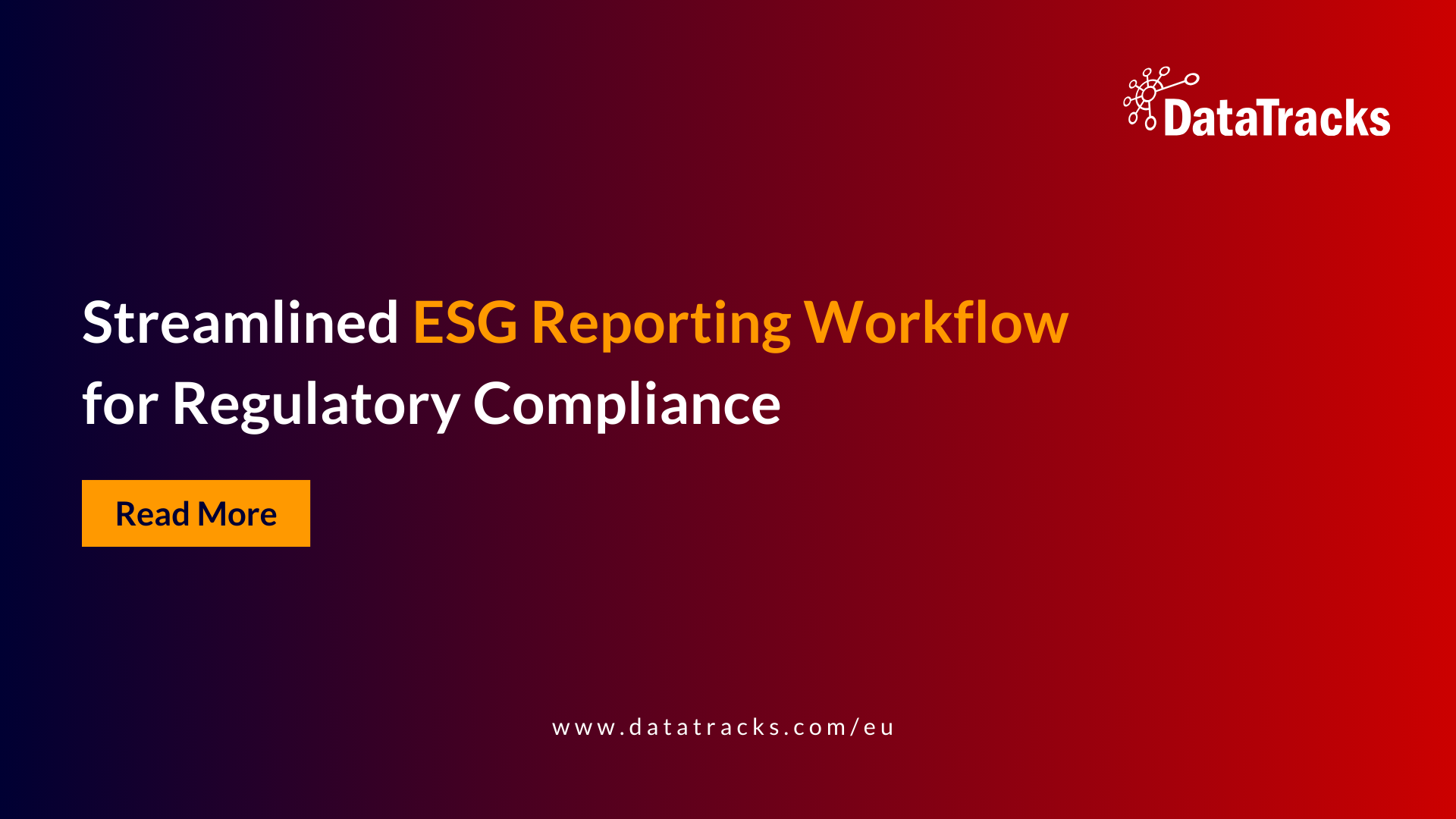AIFMD Implementation Challenges: PART 3
Since the Alternative Investment Fund Managers Directive (AIFMD) (2011/61/EC) went into effect on 21st July 2011, Alternative Investment Fund Managers (AIFMs) (i.e. hedge funds, private equity funds, real estate funds, and institutional funds) have faced a number of significant operational and AIFMD implementation challenges.
PART 1 identified the appointment of a third-party depositary and data management and Annex IV reporting challenges.
PART 2 identified risk management and liquidity management challenges.
PART 3 will review the significant challenges the new AIFMD valuation rules introduced.
AIFMD Valuation Rules Challenges:
i. AIFMD Valuation Rules
Article 19 of the AIFMD stipulates that AIFMs must establish appropriate and consistent procedures that enable a proper and independent valuation of Alternative Investment Fund (AIF) assets, for each AIF that is managed by the AIFM. Such rules must comply with the requirements of the AIFMD, Commission Delegated Regulation (EU) No 231/2013 (Delegated Regulation), national laws, and AIF rules or instruments of incorporation. AIFMs must:
(1) calculate and disclose to investors the Net Asset Value (NAV) per unit or share of each AIF;
(2) ensure that NAV per unit or share is valued and calculated at least once a year;
(3) perform a valuation impartially and with all due skill, care, and diligence;
(4) ensure that valuation policies and procedures and the designated valuation methodologies are applied consistently;
(5) ensure that the methodology and procedures for calculating the NAV per unit or share are fully documented;
(6) put in place a periodic review of policies, procedures, and valuation methodologies (at least annually and prior to an AIF engaging with a new investment strategy or new type of asset not covered by the actual valuation policy);
(7) ensure that all AIF assets are fairly and appropriately valued;
(8) establish, maintain, and implement and review written policies and procedures that ensure a sound, transparent comprehensive, and appropriately documented valuation process for each AIF that is managed.[1]
ii. AIFMD Valuation Policies
AIFMs must put in place valuation policies and procedures that address at least the following:
(1) the competence and independence of personnel who are effectively carrying out asset valuation;
(2) specific AIF investment strategies and assets that an AIF may invest in;
(3) controls over the selection of valuation inputs, sources, and methodologies;
(4) escalation channels for resolving differences in asset values;
(5) valuation of any adjustments relating to the size and liquidity of positions (or to changes in market conditions, as appropriate);
(6) an appropriate time for closing the books for the purposes of valuation; and
(7) an appropriate frequency for asset valuation.
Given the sheer breadth of markets, asset types, and investment strategies that AIFMs adopt, the new AIFMD valuation rules and policies will require a significant amount of investment on the part of AIFMs in terms of time, costs, and effort, in order to ensure timely and effective AIFMD compliance.
At DataTracks we make it our business to understand the new and highly complex AIFMD operational framework, and we strive to provide cost-effective reporting solutions for firms through our DataTracks ‘Annex IV reporting solution‘.
DataTracks. We make regulatory compliance simple.
For more information on our AIFMD reporting solutions and prices, please feel free to email us at: enquiry@datatracks.eu.
[1] These must cover all material aspects of the valuation process, procedures, and controls for each relevant AIF.




































